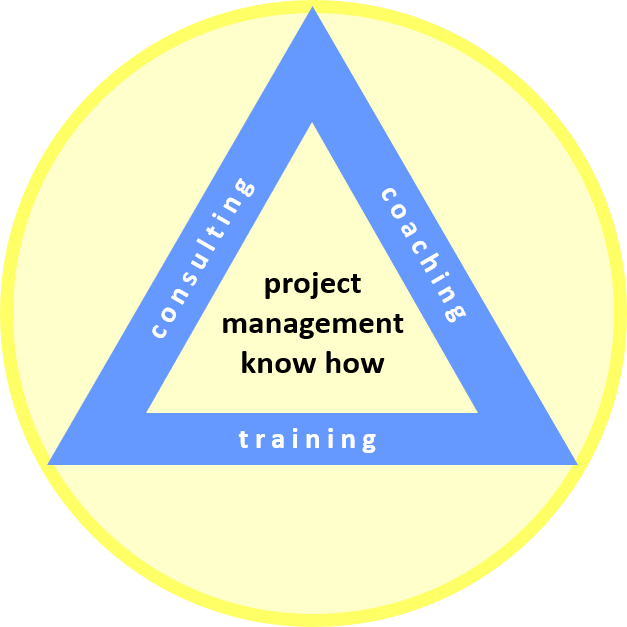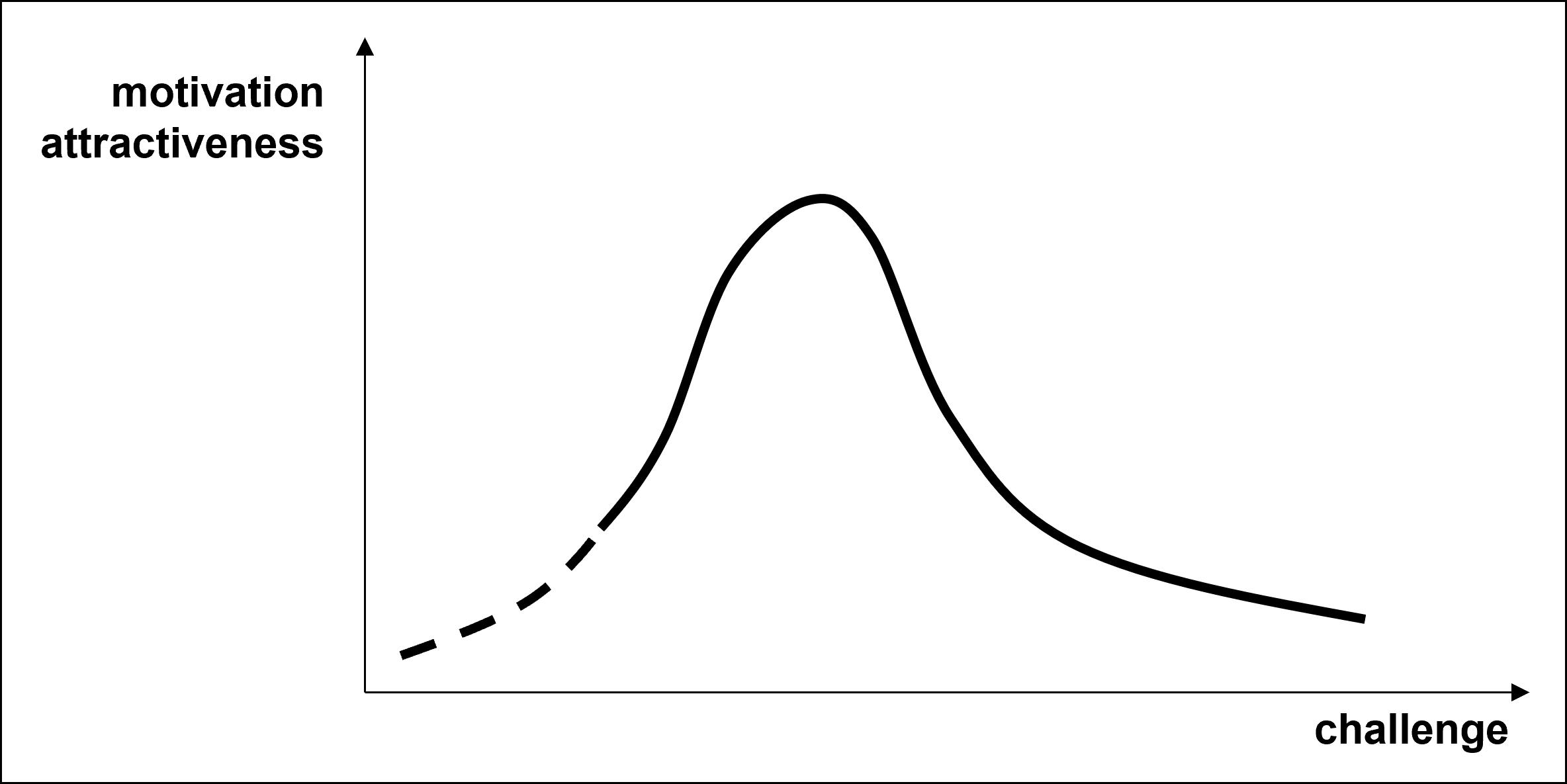- Home
- Definition
- SMART Goals
SMART Goals
Published: 2009-03-20
Last updated: 2022-03-07
What are SMART goals? There is no "standard" available. Here is an overview of the meanings being used most of the time:
S: specific; simple; significant
M: measurable; motivational; manageable
A: achievable; agreed upon; attainable
R: realistic; rewarding
T: time-based; timely; timed; track-able
On this web site, I am using the following one:
S: specific
M: measurable
A: attractive
R: realistic
T: timeline is clearly defined
In our definition we translate "motivational" into "attractive", indicating that the aspects of A and R seem to be ambivalent; and in deed, they are.
In a wider context, the setting of goals belongs to the principle of management by objectives. Especially when using a project matrix organization as described in section Project Portfolio Management, sub-section Multi Project Management,
the project manager shares leadership authority with the line managers,
and maybe, even with other project managers. As in any other leadership
situation, motivation of team members is of major importance. If we
measure the level of motivation at which a team member is working on a
specific task, and thus, the attractiveness of that task, we observe the
following relationship.
In other words, if a goal is less challenging it is less attractive, too easy to pursue, and motivation to work on it is low; it reaches a certain maximum attractiveness for a certain level of challenge; the goal becomes less attractive the more challenging or unrealistic it seems. Finally, if the goal is too challenging it is not realistic any more, and thus, not attractive.
This describes the ambivalence of attractive and realistic goals. In order to maximize the motivational level, goals must be challenging enough, but not too much.
Why are SMART goals important?
Managing a project includes the leadership responsibility for my project team members, whatever project organization we apply. Let us consider the general leadership process.
All the works in our projects are structured into work packages on basis of a work breakdown structure (WBS). Most of them we cannot do ourselves; we have team members do the work. So, we need to delegate those work packages to team members. For that reason each work package needs clear and specific goals which we can communicate. Later, we want to control work progress and - at a certain point in time - evaluate the results. So, the goals must be measurable, and we need to define a clear timeline. We also want our team members to work on the work packages with high motivation. This implies that goals must be attractive and realistic. Here we have it: in order to be able to follow the leadership process, we need goals that are specific, measurable, attractive, realistic, and have a clear timeline. This is the reason why it is so important to define goals in a SMART way.
35+ templates, tools, and checklists in one set
To save you time in your daily work as a project manager, I packaged more than 35 project management templates, tools, and checklists into one zip file.
- You un-zip it, and you get all items in formats you can edit to your requirements.
- They strictly contain only standard functionality and no macros or other code.
- You are allowed to use your logo.
or click here for more info.
Traditional PM
Learning Path Navigation
|
|
|
Return from SMART Goals to Home Page
|
|
|




Your Comments
Have your say about what you just read! Leave me a comment in the box below.